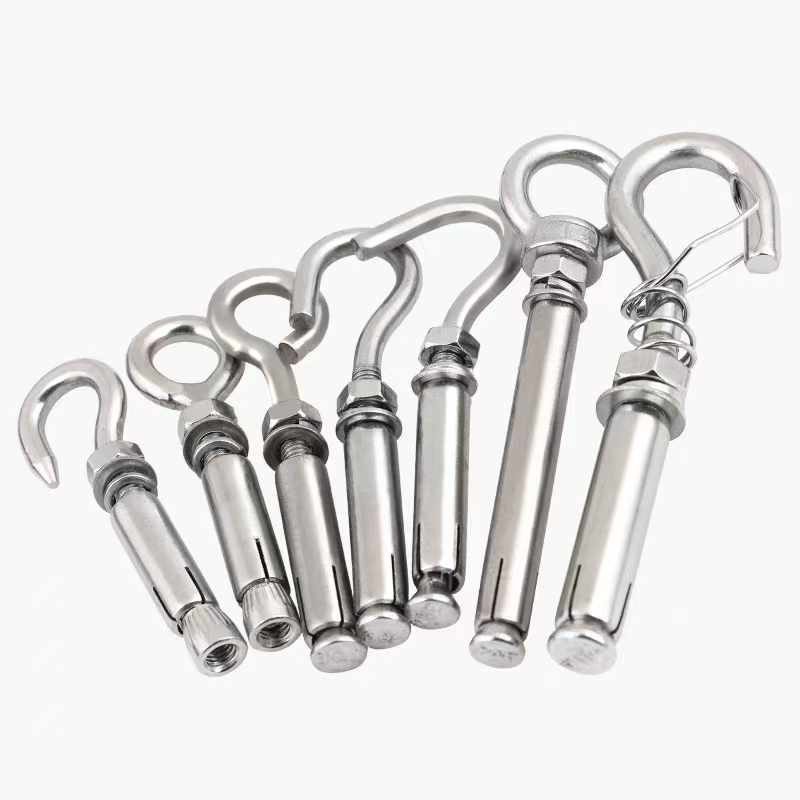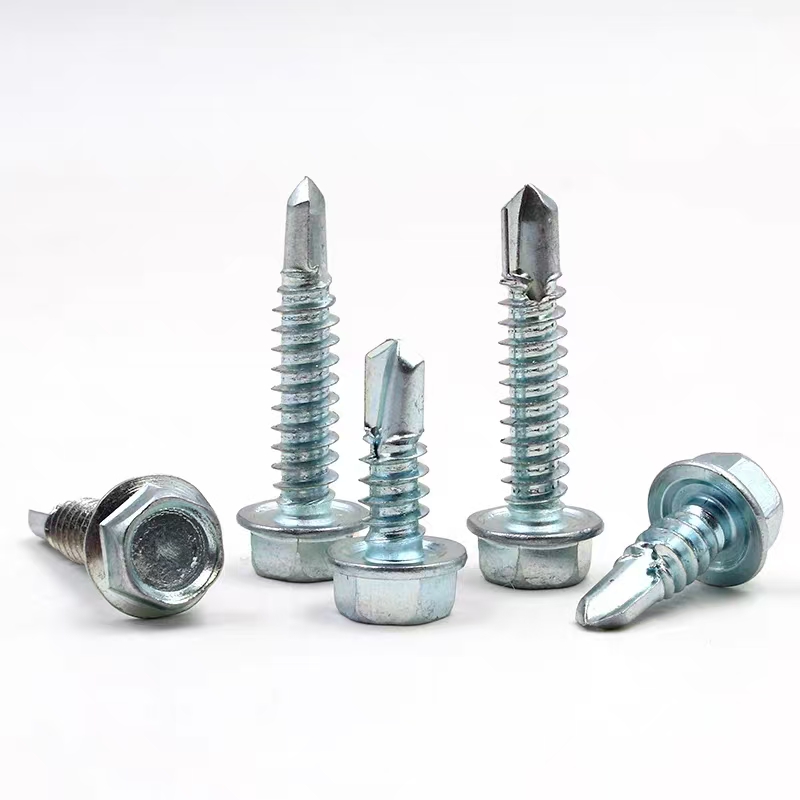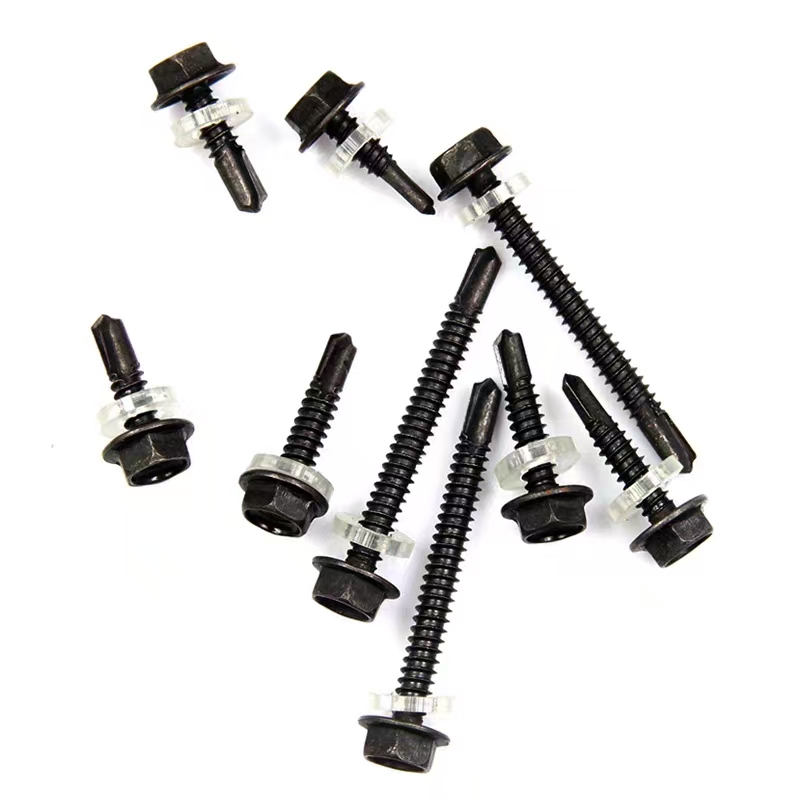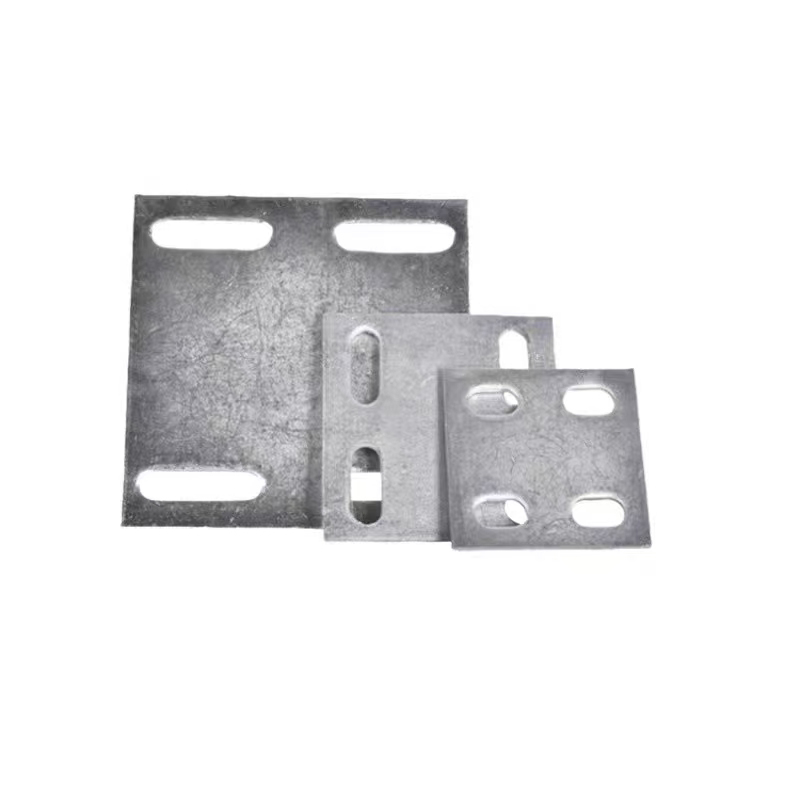- Chinese
- French
- German
- Portuguese
- Spanish
- Russian
- Japanese
- Korean
- Arabic
- Irish
- Greek
- Turkish
- Italian
- Danish
- Romanian
- Indonesian
- Czech
- Afrikaans
- Swedish
- Polish
- Basque
- Catalan
- Esperanto
- Hindi
- Lao
- Albanian
- Amharic
- Armenian
- Azerbaijani
- Belarusian
- Bengali
- Bosnian
- Bulgarian
- Cebuano
- Chichewa
- Corsican
- Croatian
- Dutch
- Estonian
- Filipino
- Finnish
- Frisian
- Galician
- Georgian
- Gujarati
- Haitian
- Hausa
- Hawaiian
- Hebrew
- Hmong
- Hungarian
- Icelandic
- Igbo
- Javanese
- Kannada
- Kazakh
- Khmer
- Kurdish
- Kyrgyz
- Latin
- Latvian
- Lithuanian
- Luxembou..
- Macedonian
- Malagasy
- Malay
- Malayalam
- Maltese
- Maori
- Marathi
- Mongolian
- Burmese
- Nepali
- Norwegian
- Pashto
- Persian
- Punjabi
- Serbian
- Sesotho
- Sinhala
- Slovak
- Slovenian
- Somali
- Samoan
- Scots Gaelic
- Shona
- Sindhi
- Sundanese
- Swahili
- Tajik
- Tamil
- Telugu
- Thai
- Ukrainian
- Urdu
- Uzbek
- Vietnamese
- Welsh
- Xhosa
- Yiddish
- Yoruba
- Zulu
- Kinyarwanda
- Tatar
- Oriya
- Turkmen
- Uyghur

expansion bolt dimensions
Understanding Expansion Bolt Dimensions: A Practical Insight
Expansion bolts, those ubiquitous elements in construction and engineering, seem straightforward but pack a punch when it comes to ensuring structural integrity. Here, I'll unpack some common misconceptions and lay down a few practical pointers that come not just from the manual but from handling these on-site more than once.
The Common Misunderstandings About Expansion Bolt Dimensions
It's easy to get caught up in the numbers—length, diameter, thread size. But dimensions are not only about measurement. They're about how each aspect interacts with the material, the load, and even the environment. Too often, I've seen the pitfalls of neglecting this broader perspective. Dimensions may seem like a checklist item, but understanding their practical implications can be a safeguard against failure.
For instance, using an expansion bolt in a brittle material like old concrete requires different considerations than using it in solid rock or fresh concrete. An undersized bolt might give way under stress, while an oversized one could damage the material itself. It's about finding that delicate balance—not only adhering to the numbers but understanding the role of those numbers in real-world application.
Handan Zitai Fastener Manufacturing Co., Ltd., located at the heart of China's largest standard part production base, understands this complexity. Their extensive experience offers reliable products ensuring both size specifications and material interactions are perfectly aligned.
Practical Considerations in Selecting Expansion Bolt Dimensions
When choosing the right expansion bolt, first consider the load type—shear or tensile. A certain dimension might manage tensile loads well but perform poorly under shear stress. This is a lesson I learned the hard way: testing and tweaking to find the right fit, especially in structures that endure dynamic loads.
Manufacturers, like those from Handan Zitai, often provide detailed guidance. But their meticulous info doesn’t substitute for field trials and hands-on experience. Sometimes, despite precise calculations, the theoretical best isn't the practical best for your specific setup.
Moreover, environmental factors must not be ignored. Corrosive environments or areas with extreme temperatures demand expansion bolts with protective coatings or materials that can withstand such conditions. A perfect dimension on paper is useless if the bolt corrodes or fails considerably earlier than intended.
Real-Life Application Scenarios
I've found that visualizing past projects can greatly help in choosing the right dimensions for future ones. Take, for instance, an industrial facility I worked on. Due to vibration and heavy machinery, the bolts needed not just to fit but to withstand constant stress without loosening.
This scenario demanded a larger anchor and deeper embedment, veering away from standard dimensions to something customized. That's where manufacturers like Handan Zitai become critical partners, offering custom solutions based on site-specific needs.
It’s essential to document these nuances for future reference. Every site has its quirks, and a detailed log can prevent repeated errors. Sometimes the most valuable insights come post-installation when the structure has endured a season or two.
Details and Specifications: Not Just a Numbers Game
Diving deeper into specifics, expansion bolts often come in a range of dimensions accommodating different sizes of nuts and washers. Precision here impacts the whole anchoring process, and I can't emphasize enough the necessity of getting this right the first time.
Consulting detailed product sheets from sources like https://www.zitaifasteners.com can simplify initial decisions. However, I'd argue for hands-on evaluations alongside these resources. No two projects mirror each other perfectly, and relying solely on manufacturer specifications without practical insights can lead to oversight.
For example, a 10mm bolt might suffice for a simple fixture in a small retail structure, but scaling that up for industrial use demands broader scrutiny. Site visits, material assessments, and consultations with structural engineers all contribute to ensuring the correct dimensioning.
Conclusion: The Broader Picture of Expansion Bolt Dimensions
In summary, the journey of selecting the right expansion bolt dimensions extends far beyond basic metrics. A mix of understanding, experience, and adaptability shapes decision-making. Every dimension, every material, every environmental factor interplays uniquely in the physical world.
Handan Zitai Fastener Manufacturing Co., Ltd., with their proximity to pivotal transport routes like the Beijing-Guangzhou Railway, exemplifies organizations that blend precise manufacturing with practical insight, offering invaluable resources for industry professionals.
Embrace meticulous evaluation, field knowledge, and trusted resources—it’s this blend that truly secures a structure's future.
Related products
Related products
Best selling products
Best selling products-
 Welded plate anchor (welded plate anchor bolt)
Welded plate anchor (welded plate anchor bolt) -
 Electro-galvanized expansion hook
Electro-galvanized expansion hook -
 Electro-galvanized hexagonal drill thread
Electro-galvanized hexagonal drill thread -
 T-bolt (T-slot bolt)
T-bolt (T-slot bolt) -
 Colored zinc plated countersunk cross bolts
Colored zinc plated countersunk cross bolts -
 Hexagon socket electrogalvanized bolts
Hexagon socket electrogalvanized bolts -
 Colored zinc-plated nuts
Colored zinc-plated nuts -
 Welding nut (welding nut)
Welding nut (welding nut) -
 7-shaped anchors (7-shaped anchor bolts)
7-shaped anchors (7-shaped anchor bolts) -
 Black zinc plated hinge bolts
Black zinc plated hinge bolts -
 Black zinc-plated hexagonal drill tail wire
Black zinc-plated hexagonal drill tail wire -
 Hot-dip galvanized embedded plate
Hot-dip galvanized embedded plate














